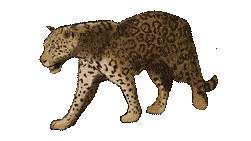

The jaguar’s kingdom is a vast and colorful mosaic: it has mangroves, pine forests, mountains and deserts. Over the years, however, this kingdom has decreased in size by 50%.
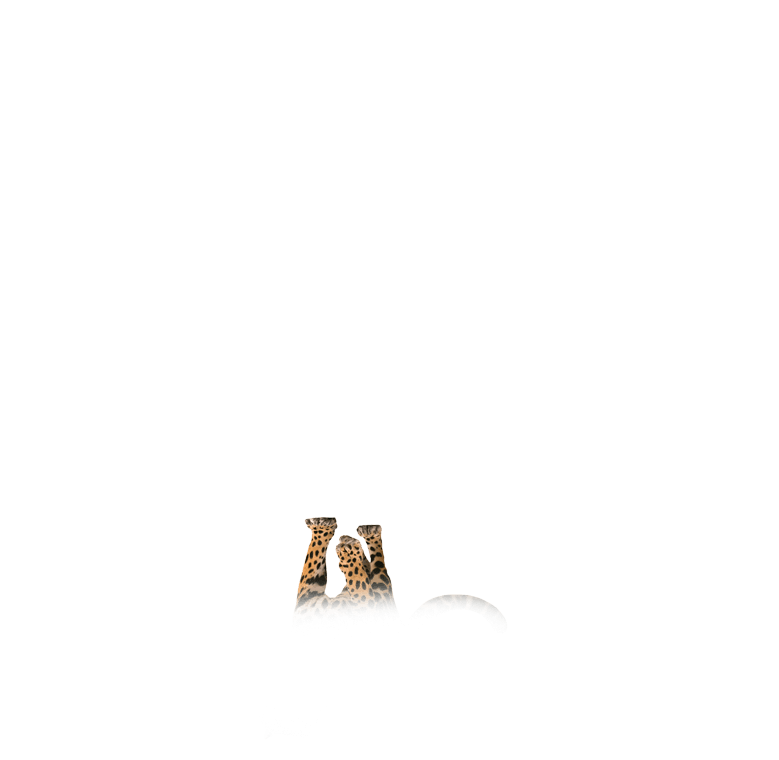
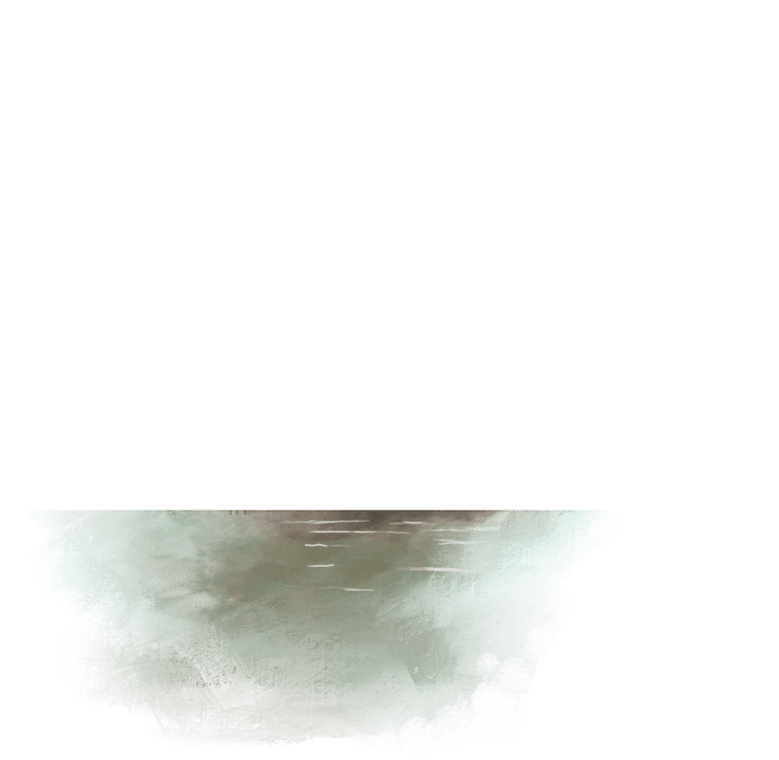
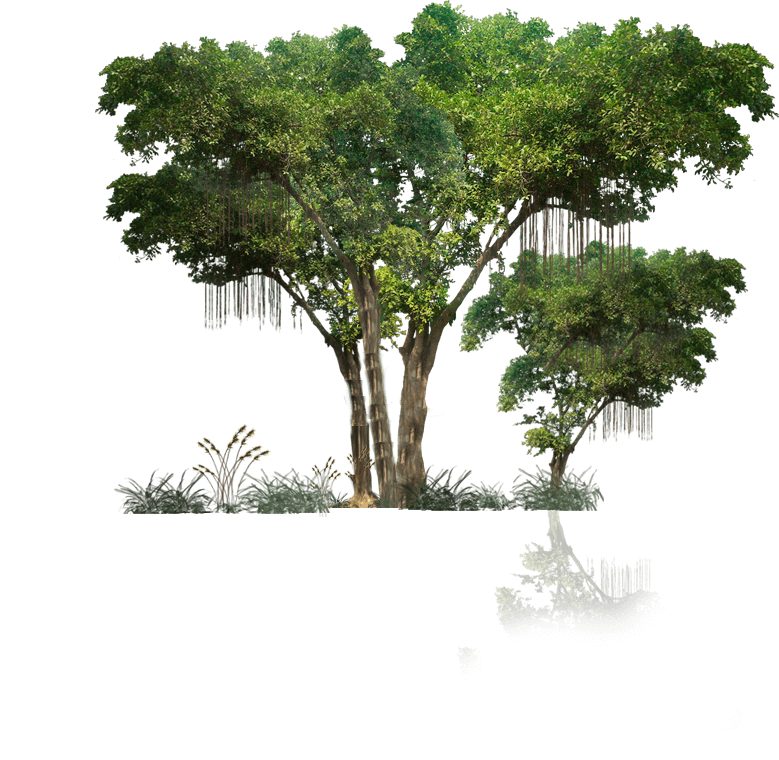
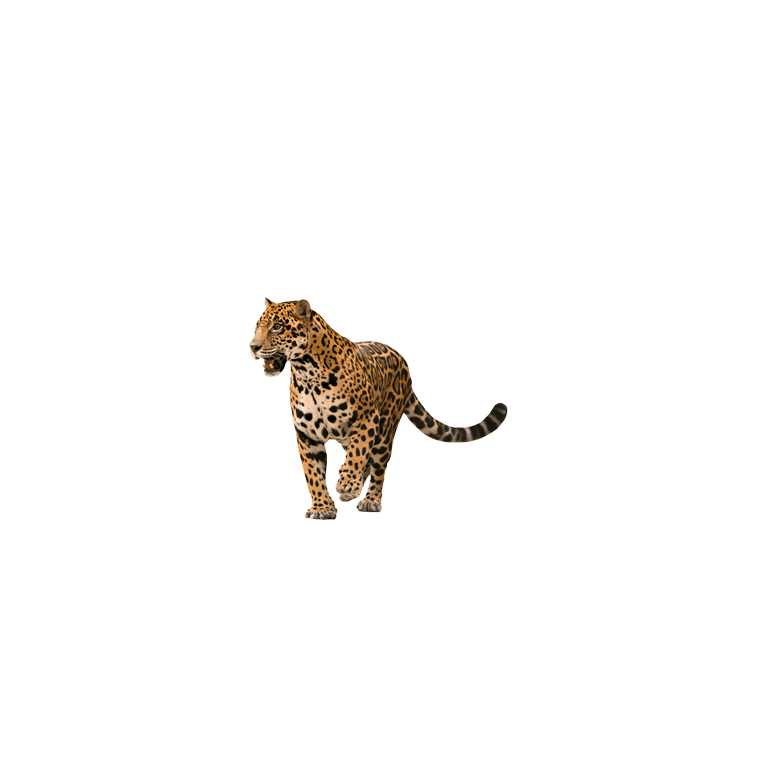


CURRENT DISTRIBUTION

HISTORICAL DISTRIBUTION
Selva Maya (Belize, Guatemala and Mexico)
Central Pacific (Mexico)
Amazon Jungle (Bolivia, Brazil, Colombia, Ecuador, Guyana, French Guiana, Peru and Suriname)
Pantanal (Bolivia, Brazil, Paraguay)
Gran Chaco (Argentina, Bolivia and Paraguay)
Atlantic Forest (Argentina, Brazil and Paraguay)
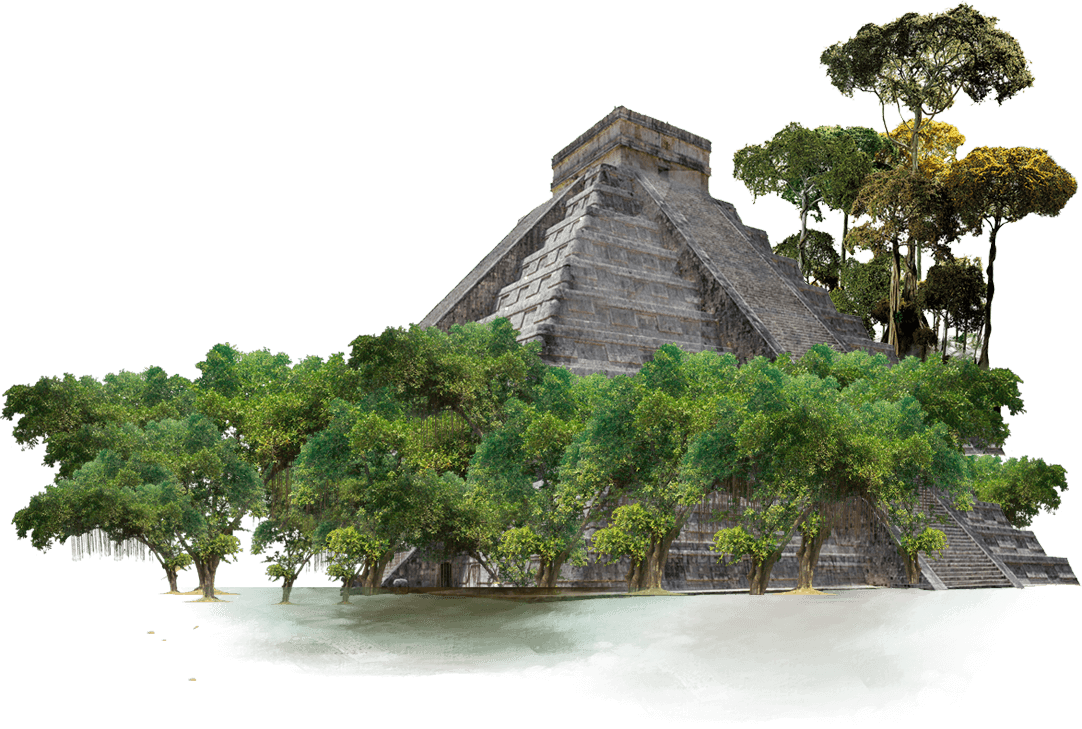
Deforestation and urbanization have caused the fragmentation of its habitat. This lack of connectivity keeps jaguars from finding food and mating. If its kingdom keeps fragmenting, the species will be on an irreversible path towards extinction.
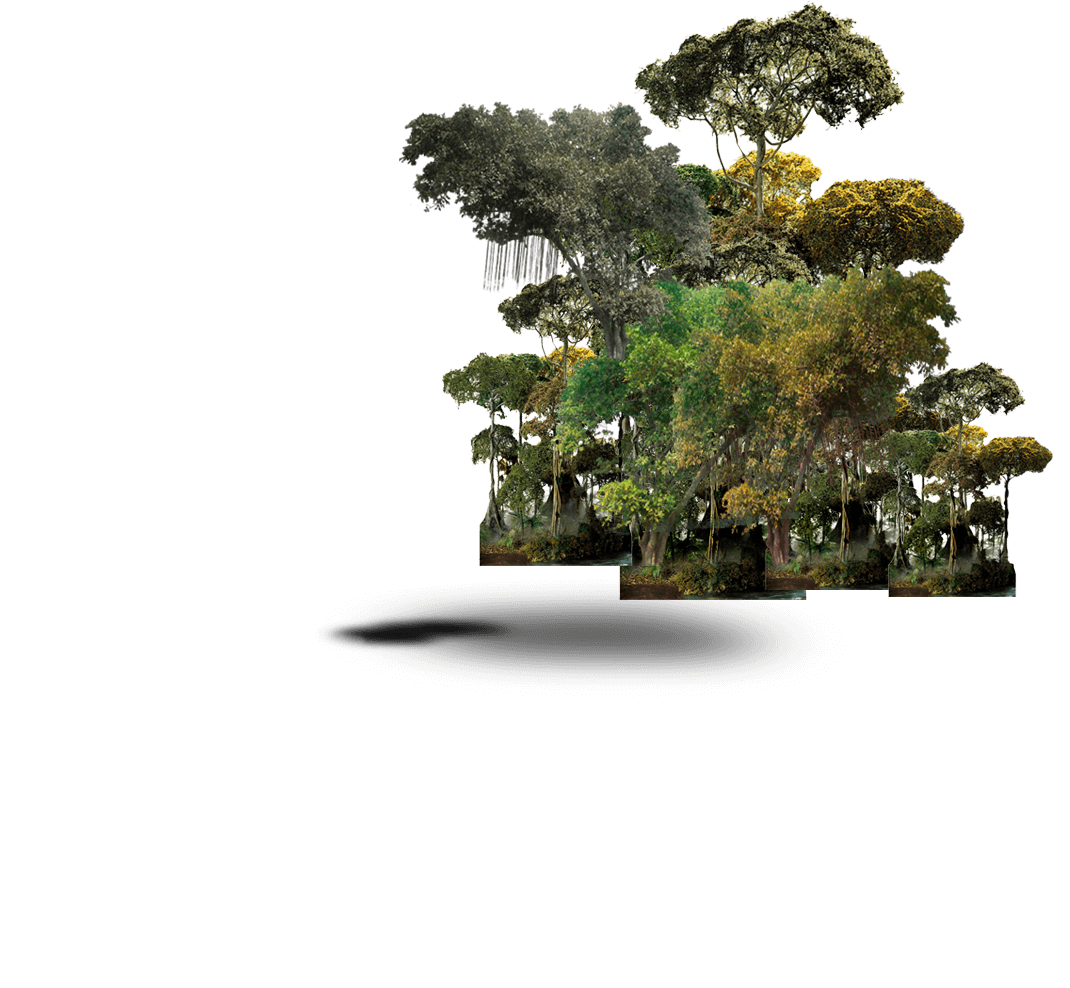
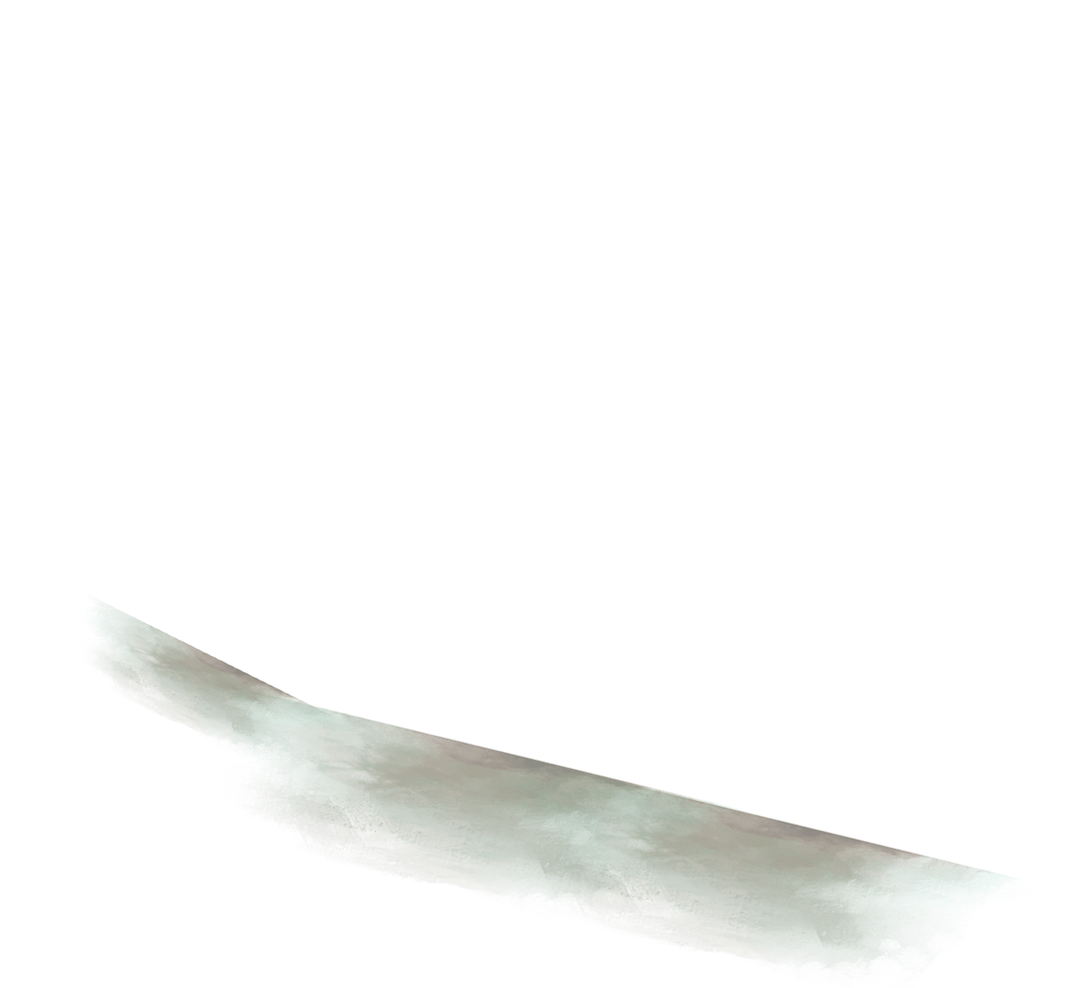
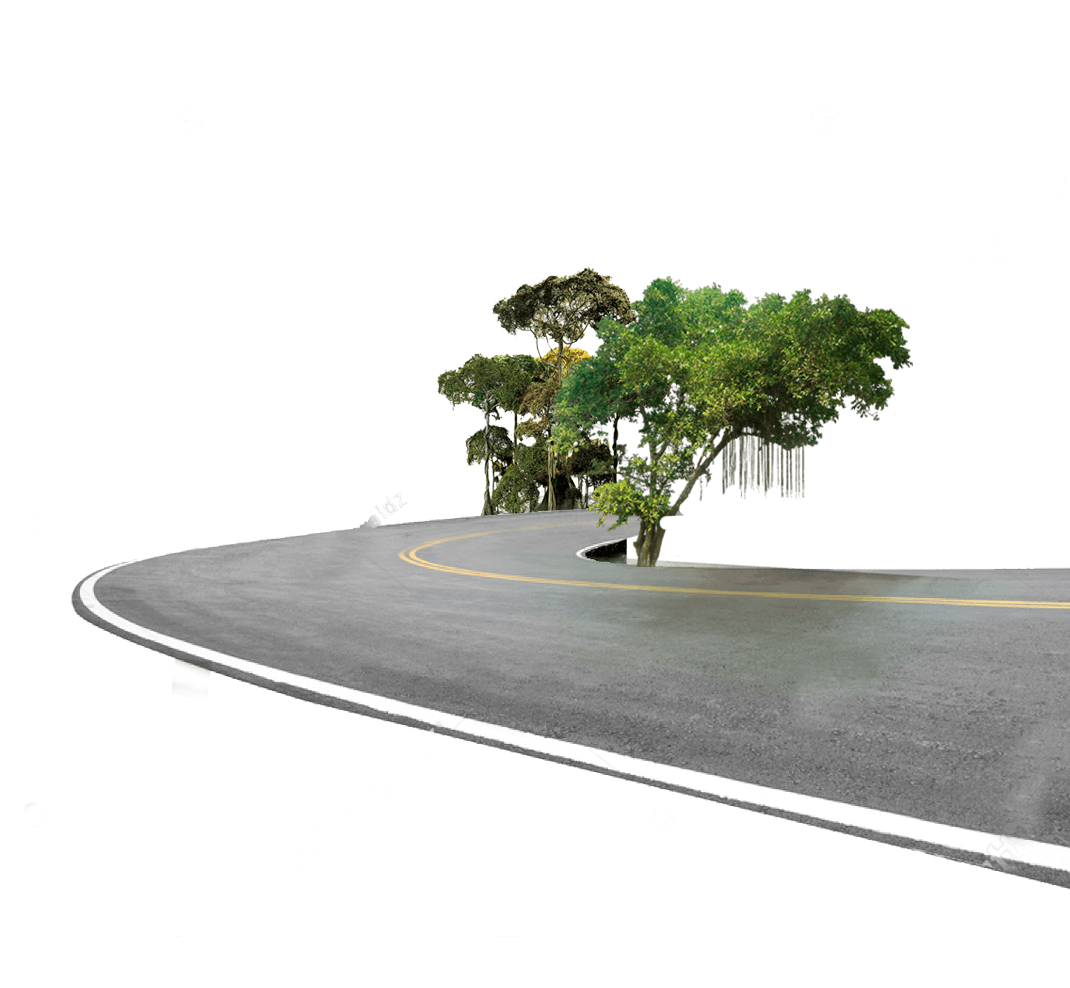
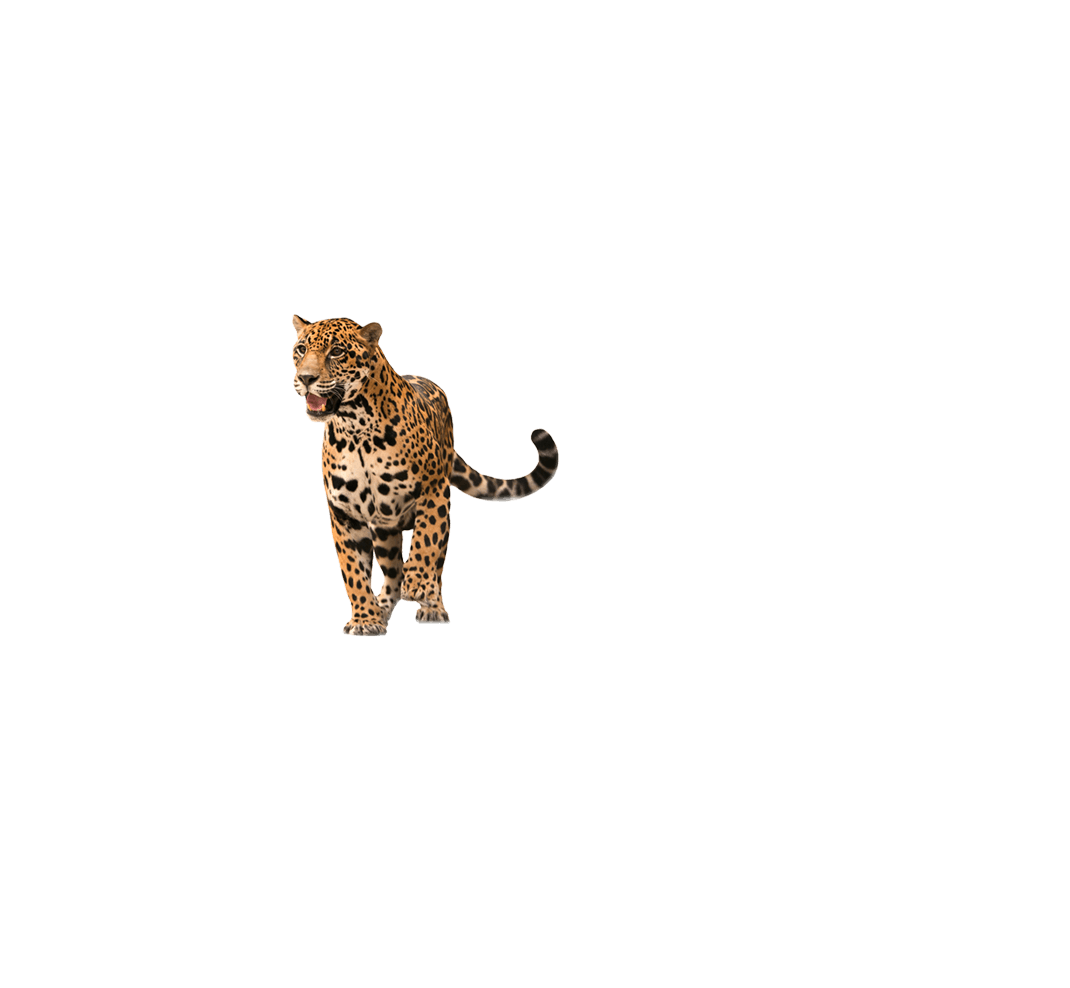
WWF works in 15 priority landscapes, protecting and restoring lost connectivity in these areas.
PRIORITY LANDSCAPES
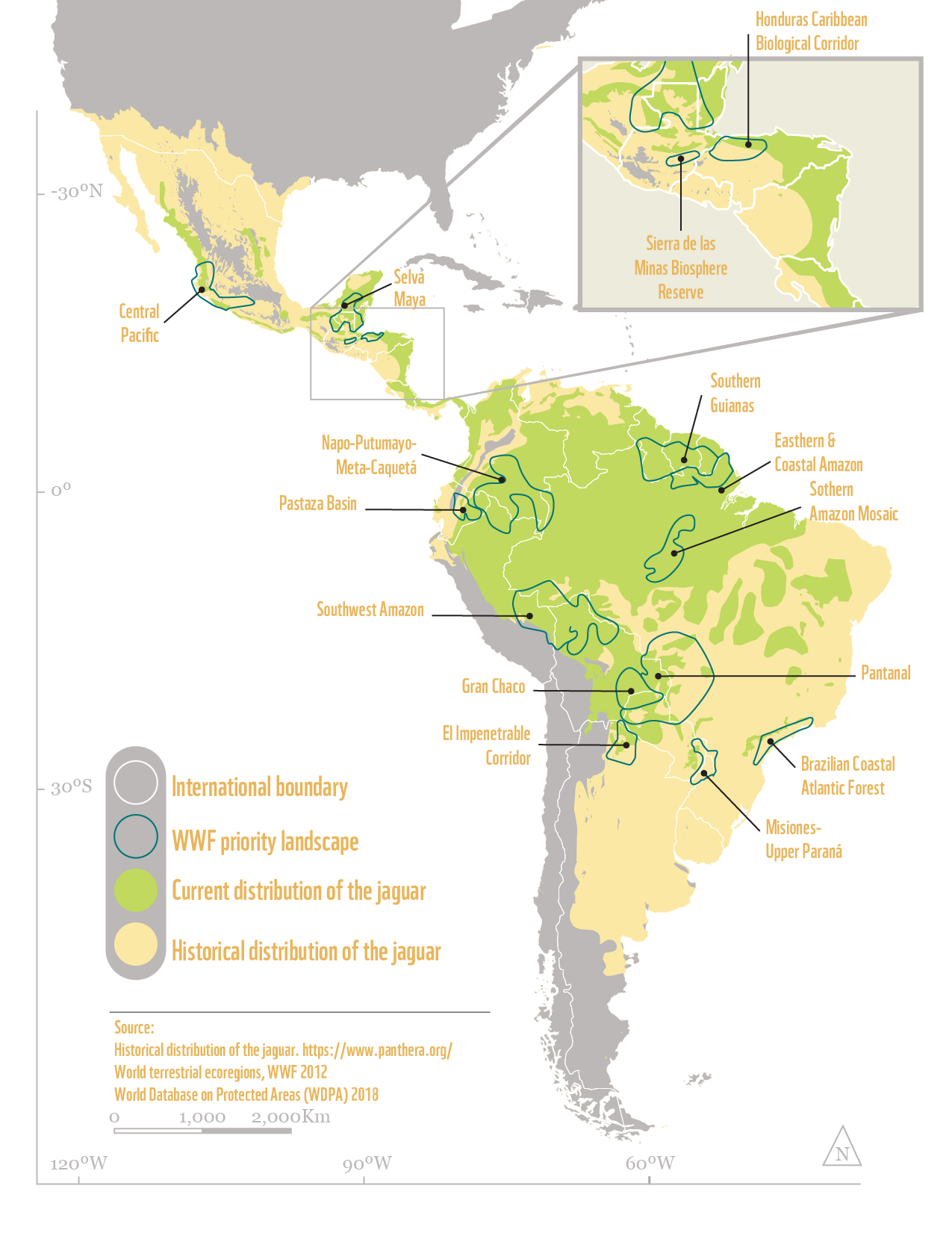
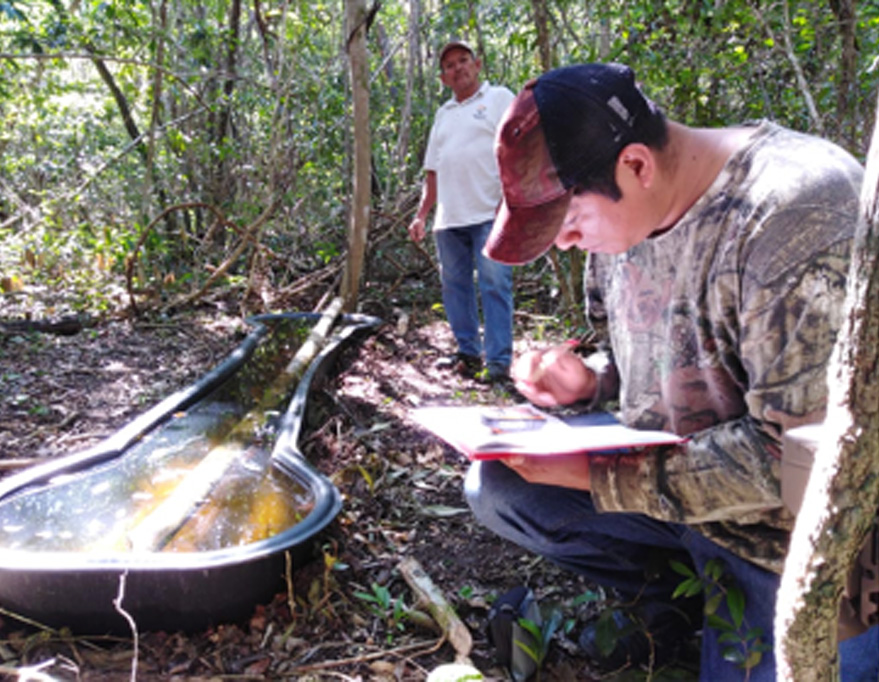
® Calakmul Biosphere Reserve / CONANP.
Reviewing camera traps to identify which species use an artificial drinking fountain in the Calakmul Biosphere Reserve, Campeche, Mexico.
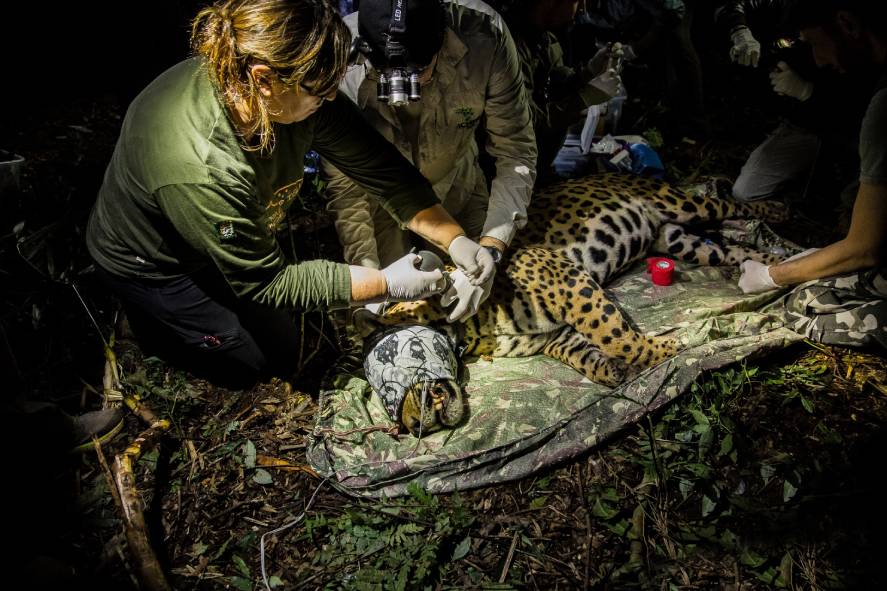
© Emilio White
Researchers from ‘Onças do Iguaçu Project’ and members from Fundación Vida Silvestre Argentina, place a GPS collar to study movement patterns of jaguars in the Atlantic Forest, Brazil.
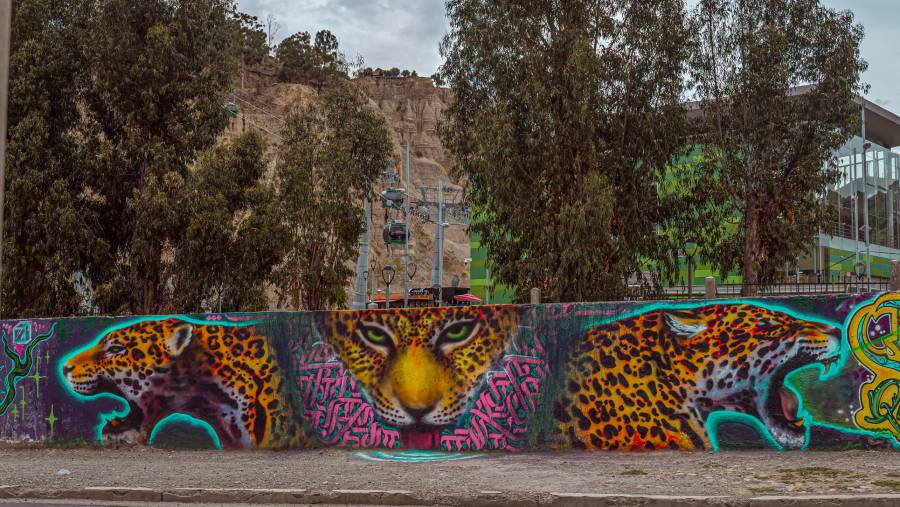
© WWF-Bolivia / Ana Palza
The artist Alvin Huayllas painted the mural Jaguar, I want you alive, located in one of the most frequented areas in La Paz, Bolivia. The mural shows the greatness of the feline and its value as an umbrella species. The protection of these species benefits the conservation of biodiversity in general.
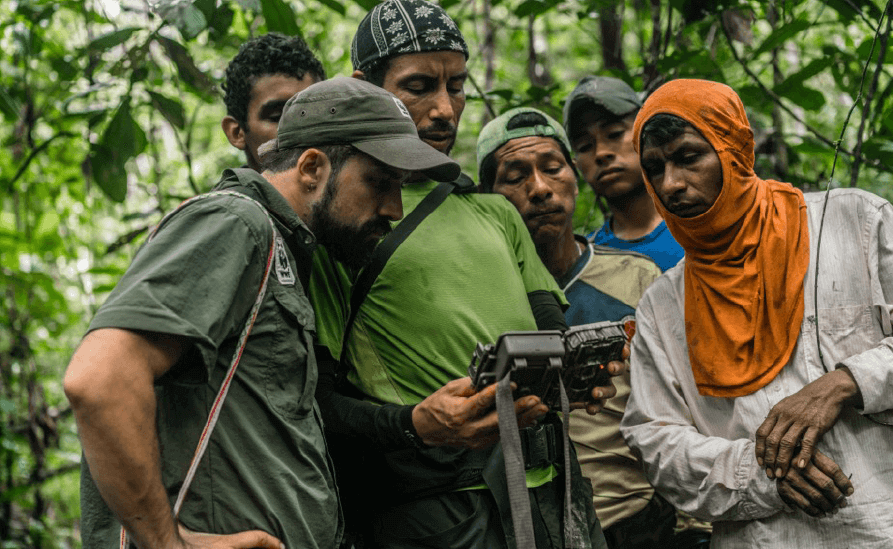
© Luis Barreto / WWF Colombia
WWF team and community volunteers from Murui-Muina in the Indigenous reservation Predio Putumayo, Colombia, review images of wildlife captured by camera traps.
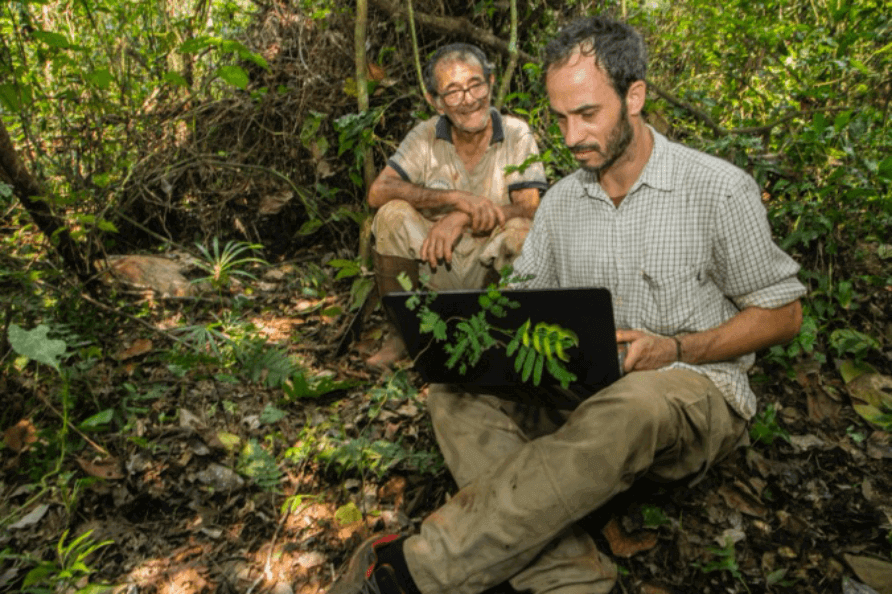
© Emilio White
Francisco Robino, conservation analyst from Fundación Vida Silvestre Argentina, assists Don González, a rural producer from Misiones, Argentina, in implementing measures to prevent jaguar attacks on his livestock.
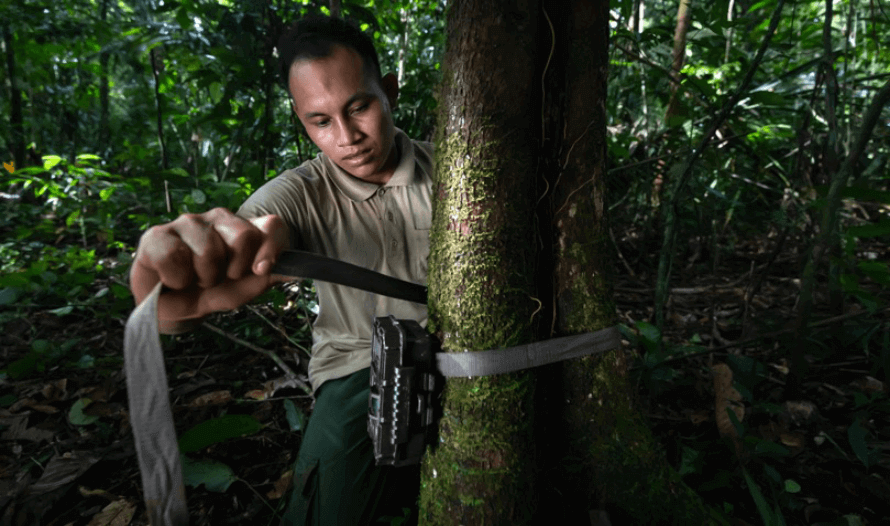
© Diego Pérez / WWF Perú
Camera trap installation in the Güeppí-Sekime National Park, in Loreto, Peru, as part of the first transboundary monitoring of jaguars in the Napo Putumayo Corridor.
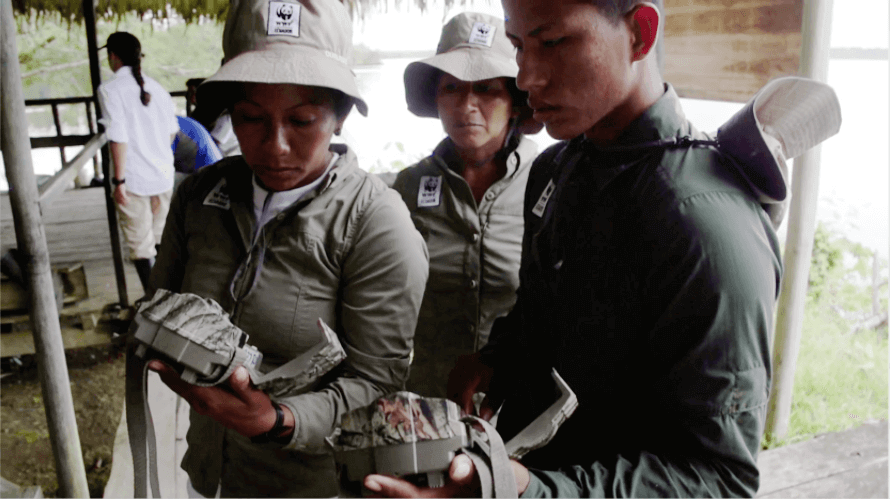
© WWF-Ecuador
Specialists from WWF-Ecuador, in collaboration with members of the Kichwa community, from Zancudo Cocha, prepare to place camera traps that will aid in the monitoring of jaguar populations in the Ecuadorian Amazon.
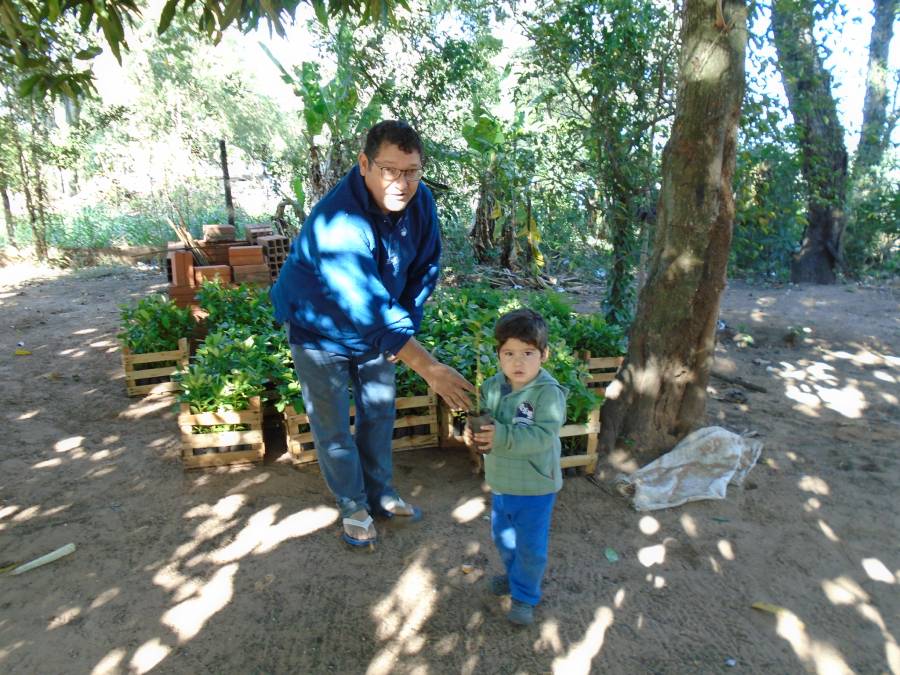
© WWF-Paraguay
The Mbaracayú Forest Nature Reserve and the Morombi Nature Reserve are the last two remnants of the Atlantic Forest in Paraguay where jaguar populations still live. Unfortunately, the feline’s ability to move freely in these areas has been reduced. Together with local communities, WWF aims to improve the connectivity of these landscapes and the livelihoods of the people living in them.